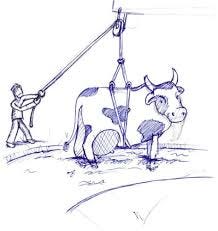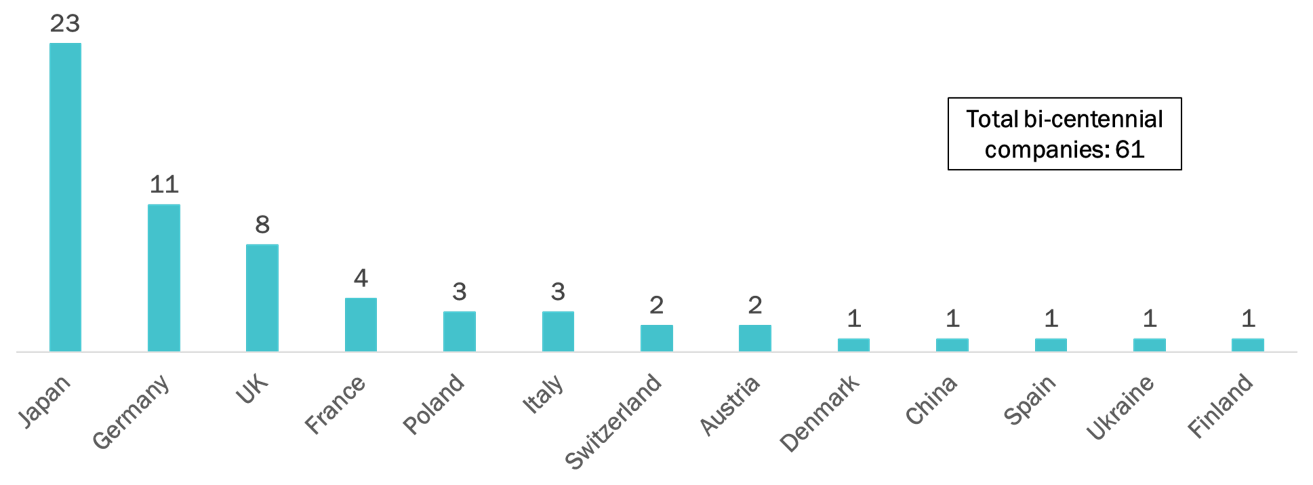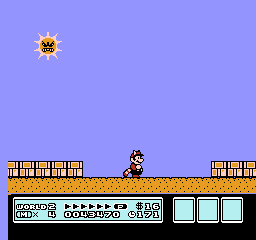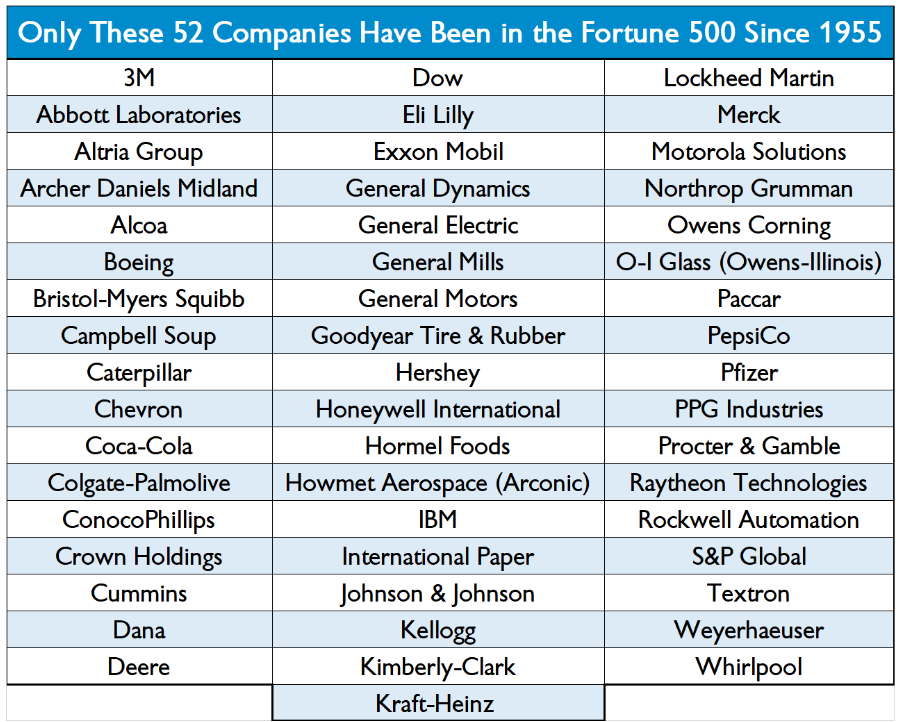Keep getting the cow out of the ditch
Durable companies are obsessively traditional and at the same time, also radically innovative
Ideas that help marketers do better and be better. Subscribe here. Check out my other essays on marketing here.
How do we build durable companies?
It's as simple as getting the cow out of the ditch.
Let me explain.
Anne Mulcahy was the new CEO of a declining Xerox, tasked with turning things around.
So, she went on a whirlwind tour to meet with all her critical customers.
One thing a salt of the earth customer from rural Texas told her stuck with her. He said that turning the company around was simple. All she had to do, he said, was, ‘first, get the cow out of the ditch, then understand how she got there and then make sure she never gets stuck there again’.
Building durable companies - companies that last for over 100 uninterrupted years, sounds as easy as getting their cow out of the ditch again and again.
It's simple. But not easy.
I studied a hundred 700-year-old companies and found that the most durable companies are obsessively traditional and radically innovative—both simultaneously.
Buckle up. This is a long one.
This is what the edition covers
Birth: the most enduring companies were born because of context and colonization. And Japan.
Continuation: Bi-centennials thrived because they diversified, managed succession and put purpose above profit.
Revival: At-risk companies revive because of strong leadership and creative destruction.
How can new companies of today become durable companies 100 years later?
1. Birth: the most enduring companies were born because of context and colonization. And Japan.
In 2008, 5,586 companies across 41 countries were over 200 years old.
Of these, 56% (3,128) were in Japan (Source: Bank of Korea).
It’s also no surprise that more than 33,000 businesses in Japan are over 100 years old.
The latest Wikipedia entry on this topic says 61 companies were born in the 1300s and are still active. 23 of these are from Japan.
Given its unique culture, it feels natural that Japan would have the most durable businesses. As an island nation, it has been relatively isolated and resource-scarce. This has built a culture of preservation. And long-term mindsets over short-term adrenaline highs. This manifests in the nurturing of local businesses.
Timeless needs: All 61 companies formed in 1300s are in the business of fulfilling basic needs. Food and drink. And operate in fundamental industries like mining, foundry, salt and construction.
“The oldest family businesses often are involved in basic human activities: drink, shipping, construction, food, guns.”
William O’Hara, author of Centuries of Success

Side note: what about India?
Due to our colonial past, India does not have any 200-year old companies. But it has five that are 150-years old. Check them out here.
All five were started by or in association with the East India Company in areas that benefitted Britain: textiles, Finance, Ships, and Trade. These companies continued post-independence because they diversified and managed succession wisely.
2. Continuation: Bi-centennials thrived because they diversified, managed succession and put purpose above profit.
2.1 Diversification
A sure-shot way to de-risk tenure is to diversify across multiple businesses. India’s Wadia Group started in 1736 as a shipmaker. Today, it is active in aviation, healthcare, and chemicals and even owns a cricket team.
P&G was formed in 1837 to make soap and candles. In 1955, P&G stood at No. 27 on the Fortune 500. In 2022, it is No. 47. It has created a portfolio of growth flywheels beyond soaps to air fresheners, diapers, detergents, etc. All within its core purpose of making everyday life better.
Amazon does both—it fulfils fundamental needs and diversifies. When Jeff Bezos saw that the internet was growing at 2,300%, he left his analyst job at D.E.Shaw to start Amazon. He was clear the business would sustain because it fulfilled the always in-demand needs of vast selection, lower prices, and fast delivery.
“It is difficult for us to imagine that ten years from now, customers will want higher prices, less selection, or slower delivery. Our belief in the durability of these pillars gives us the confidence required to invest in strengthening them.”
Jeff Bezos
While it started with fundamental needs, over time, Amazon has diversified into multiple businesses—AWS, Kindle, Subscription Video, Audible, the Ads business, and so on.
2.2 They keep it in the ‘family.’
There is a moral burden to continue the family business. Each generation in Japanese firms thinks of itself as a player in a relay race that’s been going on for centuries. It does not want to go down in the annals of history as the one who 'dropped the baton'.
A 10-foot-long 17th-century scroll traces all of Kongo Gumi's (the oldest company in the world) previous owners. Succession is carefully planned, and the best-suited heir is entrusted with the reigns when he is ready (sadly, gender bias prevails here, too).
However, the heir is not always decided by birth. Succession is meritocratic. In case the eldest son is not found up to the task, the family adopts a son-in-law. A 2011 study found that businesses run by adopted heirs consistently outperformed those run by blood heirs.
“You can’t choose your sons, but you can choose your sons-in-law,”
Japanese saying
HBR studied seven 100-year-old companies. Three things set them apart.
Leaders in these companies stayed at the helm for 10+ years, against the industry average tenure of 5 years.
These companies maintained stable leadership not just at the top but also two or three levels down.
They planned succession as many as four years in advance and spent at least one year handing over.
2.3 They don’t chase profits, they chase purpose
All enduring companies think 20-30 years out and have an audacious vision to shape society, not just their bottom line.
The vision of the Royal College of Art is to change the world through art and design. Their alumni include “the Head of Design at every car manufacturer in the world, apart from BMW, 8 of Apple’s 18 product designers and at least one designer in every Paris fashion house.”
During the 2011 tsunami, many Japanese companies helped the local community at a considerable cost. One of these was Lawson department stores. Self-interest dictated that they focus their efforts only in Tokyo, where most of their stores were. But instead, they funded relief work in areas of maximum devastation.
The best part of the story is how purpose percolated to each employee. Lawson donated school lunches during the Tsunami recovery phase. Their employees voluntarily contributed personal funds to add dessert to the meals.
The Tata group in India is revered for its commitment to community building and employee welfare. After the Taj Hotel terrorist bombing, the group supported families of deceased hotel employees with lifetime salaries. This is just one of millions of acts of kindness from the Tata group that will go unannounced by the group but will wedge themselves into the memories of beneficiaries.
Patagonia’s reason for existence is the planet's survival itself. We all know its founder gave away the company to fight climate change.
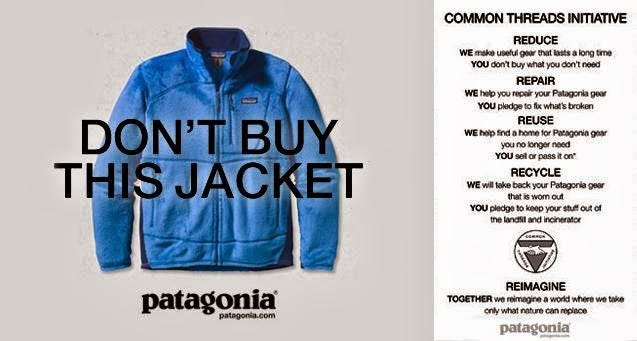
3. Revival: At-risk companies revive because of strong leadership and creative destruction.
3.1 creative destruction
Once their core vision and line of succession are secure, durable firms continue to disrupt themselves to stay relevant. Even some of the oldest Japanese companies have survived to this day because they are not precious about their line of business. Instead, their obsession with survival has kept them agile enough to evolve their business over time.
Nintendo started in 1889 as a paying card manufacturer. It kept disrupting its core business; today, it is a gaming company. What it did not waver from was its core purpose - “how to create fun”.
A kimono manufacturer dating back to 1688, Hosoo, has expanded into carbon fiber production while staying true to the core of “3-D weaving”.
NBK, a materials firm that started by making iron kettles in 1560, is now producing high-tech machine parts. Again staying true to core competence of “iron foundry”.
3.2 Strong leadership during adversity
Coming back to Xerox, which was all but dead, until Anne Mulcahy revived it. In doing so, she demonstrated some of the mental models of enduring companies. She was a company insider and had grown through the ranks. So she knew the nuts and bolts of the business. She had a long-term view and believed that quarterly earnings pressured CEOs to cut corners and lose long-term focus.
She says, “I applaud companies that have pulled back from setting earnings expectations and are trying to reshape the rules of the road. If I could take Xerox private, I’d do it yesterday.”
She believed in the power of creative destruction. She shut down undifferentiated divisions like inkjet printers, funded the R&D department, so it became a revenue generator and changed the organization structure to drive direct accountability.
Sometimes, leadership creates adversity that reduces company lifespan. Walmart and Ames were retail contemporaries until a leadership misstep shortened Ames’ lifespan. Ames hired an outsider CEO who deviated from the strategy of everyday low prices and wanted to grow much faster. He acquired a company (Zayre) to launch urban retail stores. On the other hand, Wal-Mart hired an insider CEO, and the company grew slowly and organically.
4. New companies are ‘idea’ based, and can prolong their lifespan by mimicking old ones
Only 52 companies have been on the Fortune 500 continuously since 1955 until 2021. All the new Fortune 500 companies are technology-based companies like Apple, Amazon, Microsoft, Google, etc.
Prof. Govindarajan, from Dartmouth, researched 29,000+ new companies and found that company life spans are falling. New companies are idea, algorithm, and technology-based, so they are easier and cheaper to start and scale. However, this also makes them vulnerable to disruption.
On the other hand, bicentennials enjoy moats of physical assets—factories, distribution infrastructure, foundries, oil refineries, or mines. They take time and investments to scale, and this leads to longevity.
“Creative destruction has always been a force to be reckoned with, but in the physical world, the cycles were longer. In the technology-based sectors, the cycles have accelerated.”
Prof. Govindarajan
The research recommends three ways new companies can mimic old ones to prolong lifespans.
4.1 Digital-physical hybrid offerings
Interlock physical products into the suite of offerings to gain entry barriers because a business built on pure intellectual capital is vulnerable to me-too offerings.
Tesla (production, battery charging stations) and Amazon (warehouses, logistics) are strong examples of digital-physical moats.
4.2 Scale network effects
Just like old businesses had a community and purpose, if a new-age company has network effects, it will endure.
A strong example is the UPI payments platform in India, with network effects between bank accounts, merchants and a billion consumers.
4.3 Creative destruction
Due to the pace of advancement, one year of a new company equals two years of an old company. Since new companies are founded on the power of technology and ideas, it is vital for them to continuously innovate.
A great example here is the new capital investments into AI that all tech giants are making.
4.4.And don’t forget to keep getting that cow out
Prof. Govindarajan also mentioned how critical it is that new companies keep their eye on the long term, just like the bi-centennials did.
He says, “People blame Wall Street for this pressure, but in fact, Wall Street demands that you look for a healthy balance between the short term and the long term,” he says. “Otherwise, you’re not going to be there after the short term.”
At the end, it all comes down to focusing on what can be controlled - getting the cow out of the ditch and walking on.
It doesn't matter what lens we look through—the lens of those that go from good to great, the lens of zero to great in exciting new industries, or the lens of those that prevail in adversity and last 100 years—one lesson stands out: Whether you prevail or fail, endure or die—whether you make it onto the Fortune 500 and whether you stay there—depends more on what you do to yourself than on what the world does to you.
Jim Collins





